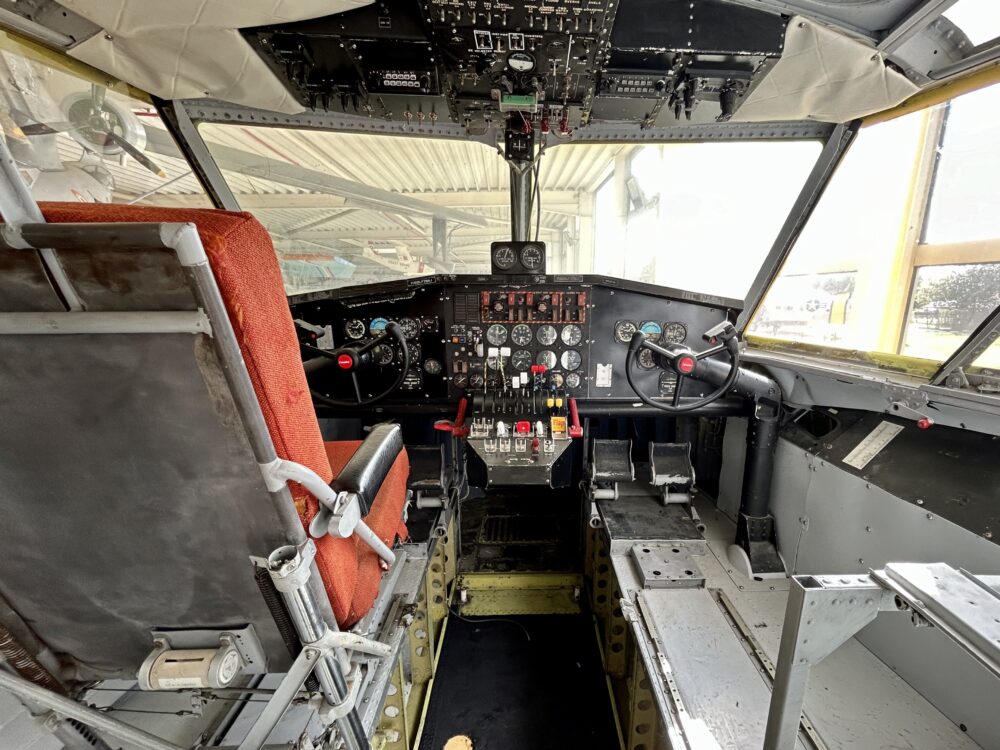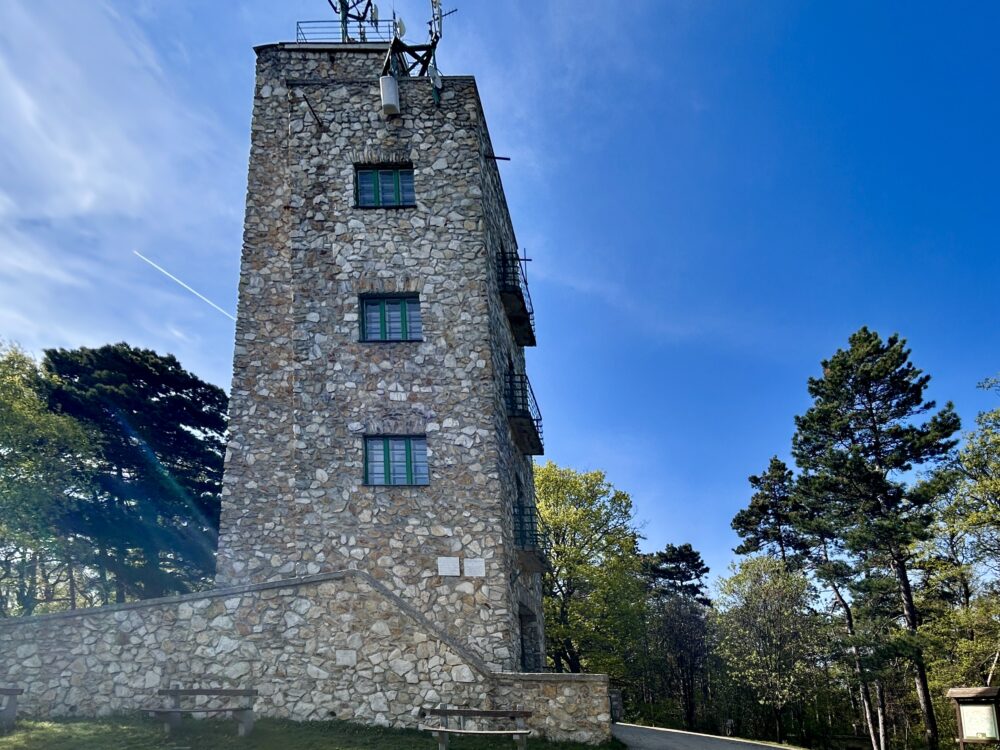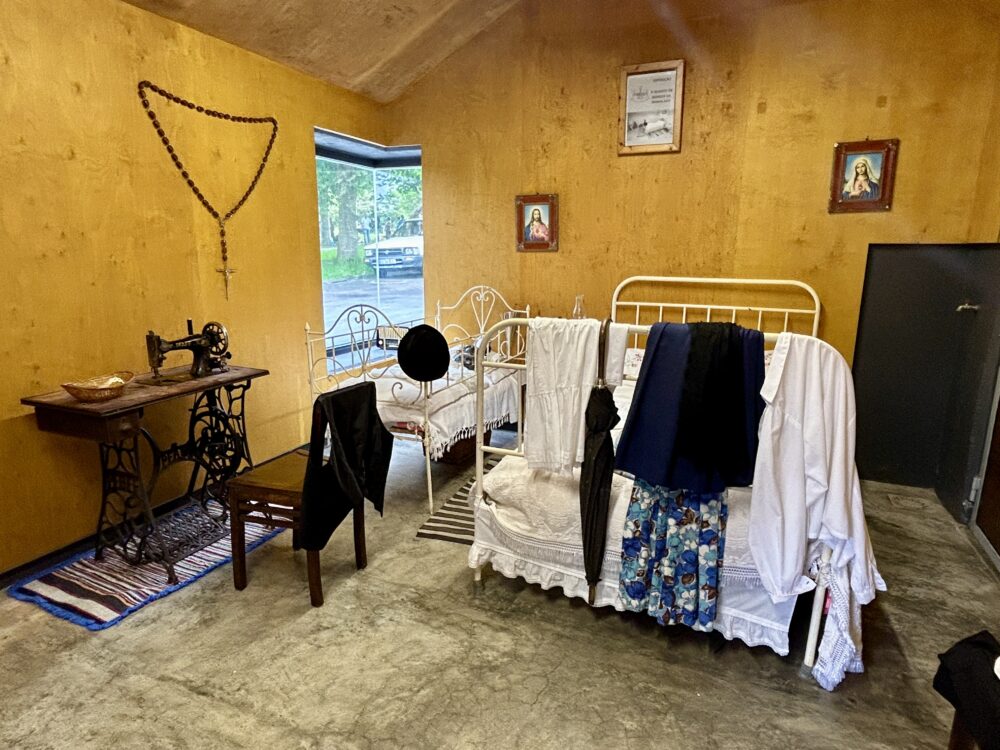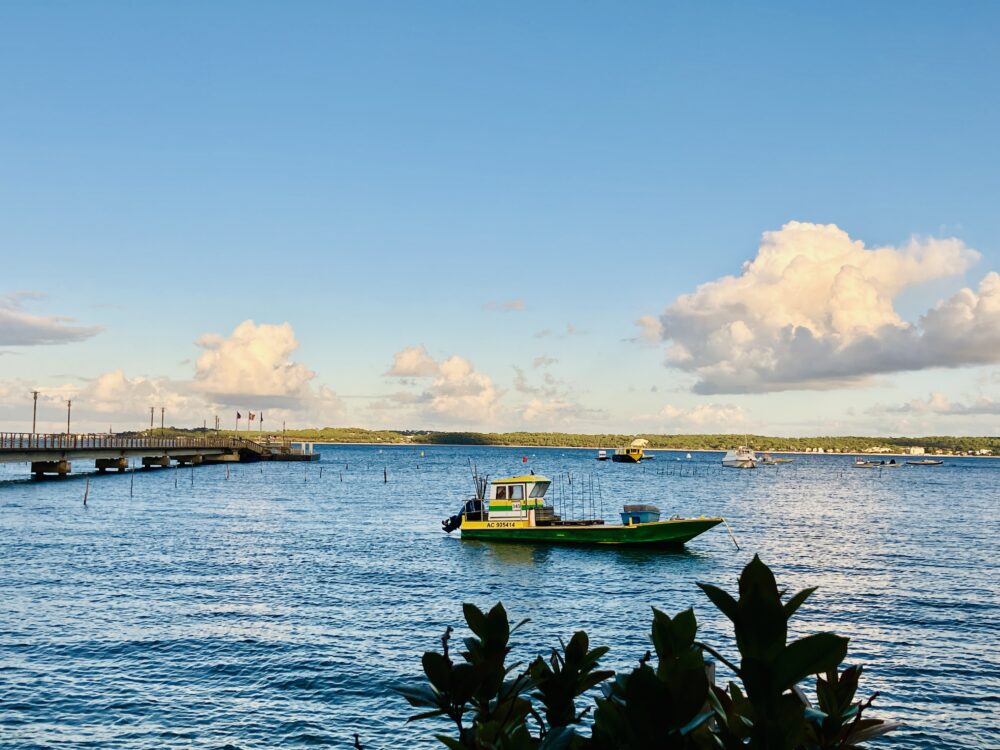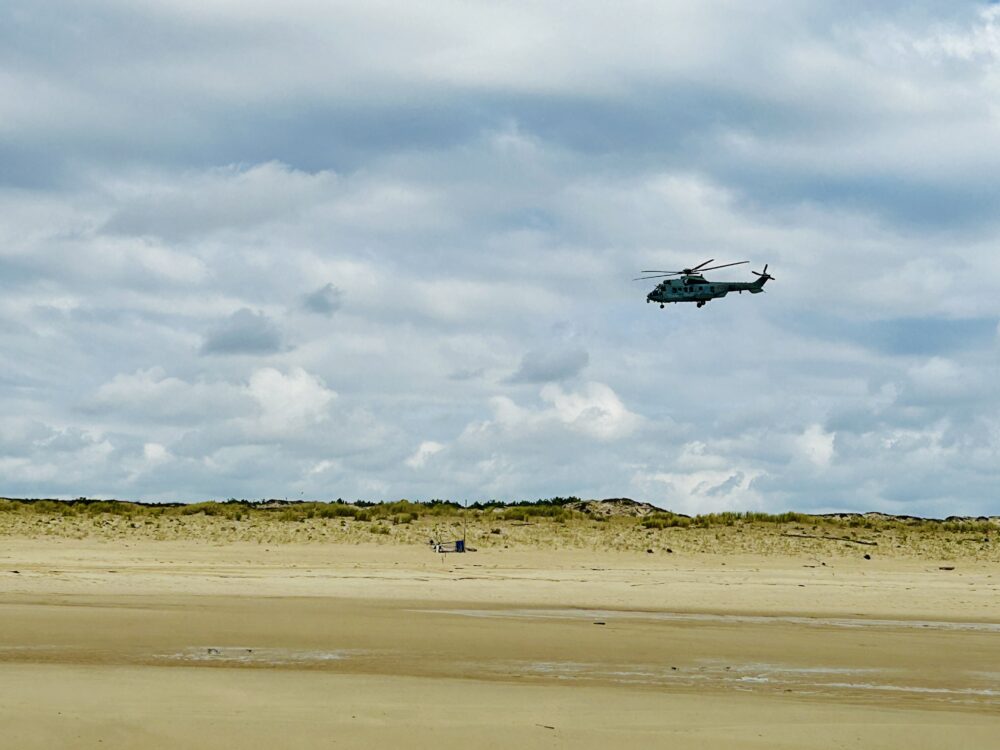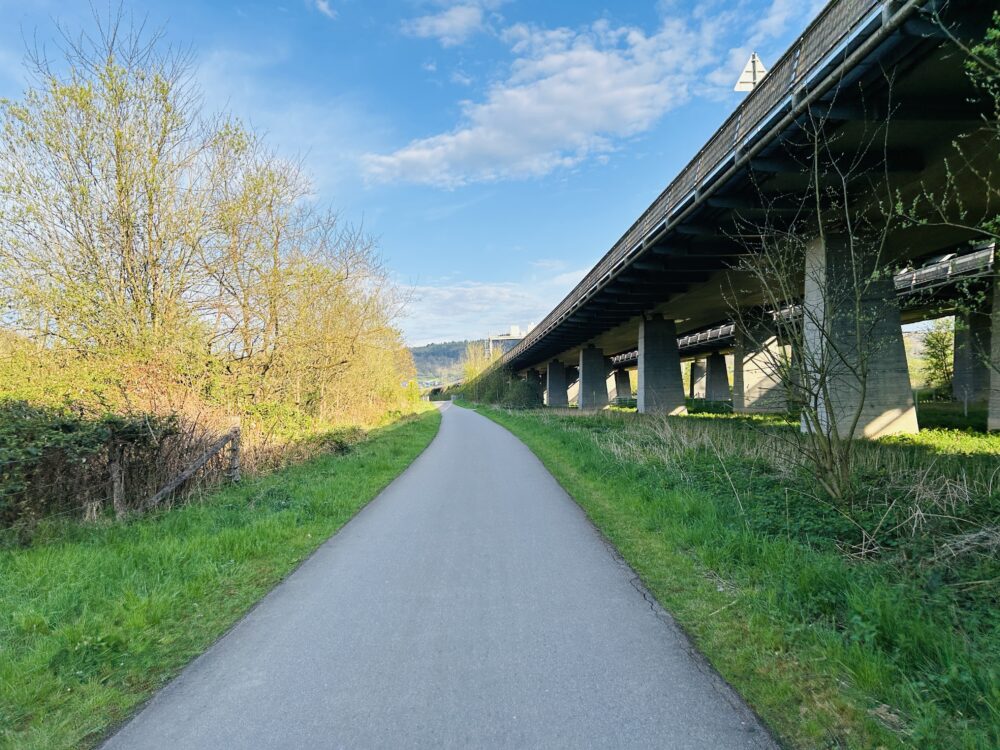In the battle against the ever-present threat of forest fires, Canadair planes have proven to be invaluable assets. These specialised aircraft, particularly the Canadair CL-215, play a crucial role in extinguishing fires and preventing their spread. Known for their amphibious capabilities and robust design, these planes have earned a legendary status among firefighting equipment.
The Iconic Canadair CL-215
Introduced in 1967, the Canadair CL-215 was specifically designed to tackle forest fires. Nicknamed “Pélican,” this amphibious aircraft boasts a wingspan of 28.60 meters and a length of 19.82 meters. Equipped with two R-2800 Pratt & Whitney piston engines, each generating 2100 horsepower with 18 cylinders, the CL-215 could reach a maximum speed of 290 km/h. From 1969 to 1995, the French Sécurité civile utilised this remarkable plane extensively in their firefighting efforts.
One of the key features of the CL-215 is its ability to scoop water from nearby lakes or oceans. This allows for rapid and repeated water drops on fires, significantly enhancing its efficiency. The plane’s design enables it to carry up to 5,346 litres of water, making it a formidable force against large-scale fires.
Evolution of Aerial Firefighting: The Bombardier CL-415
Building on the success of the CL-215, Bombardier introduced the CL-415, a more modern and powerful iteration of its predecessor. The CL-415 retains the amphibious capabilities while incorporating improvements such as turboprop engines and increased water capacity. These enhancements enable faster response times and greater efficiency in combating fires.
Global Fleet of Firefighting Aircraft
The use of specialised firefighting planes is not limited to Canadair models. Around the world, various aircraft play vital roles in forest fire management. In the United States, the Grumman S-2T Tracker and the Boeing 747 Supertanker are commonly deployed. The S-2T is a versatile aircraft capable of carrying up to 4,000 litres of fire retardant, while the 747 Supertanker can deliver an impressive 75,700 litres, making it one of the largest firefighting aircraft.
In Australia, the Air Tractor AT-802, affectionately known as the “Fire Boss,” is a popular choice. This single-engine air tanker is highly manoeuvrable and can scoop water while on the move, ensuring continuous operations in firefighting.
Efficiency and Effectiveness in Firefighting
The efficiency of using aircraft like the Canadair CL-215 and CL-415 lies in their ability to access remote and hard-to-reach areas quickly. Ground crews often face challenges due to difficult terrain, but aerial firefighters can bypass these obstacles, delivering water or fire retardant directly to the hotspots. This rapid response is crucial in containing fires before they spread uncontrollably.
Moreover, the capacity to carry large volumes of water or retardant in a single trip means fewer trips are needed, saving valuable time during emergency operations. The adaptability of amphibious aircraft to refuel from nearby water sources further enhances their operational efficiency.
Today, you can explore a detailed exhibit showcasing the interior of a Canadair CL-215 at the Hydroplane Museum in Biscarosse, France. This exhibit offers a close look at the engineering marvel behind these firefighting giants and a deeper understanding of their crucial role in forest fire management.
#Canadair #FirefightingHeroes #AerialFirefighters #ForestProtection #AviationInnovation



